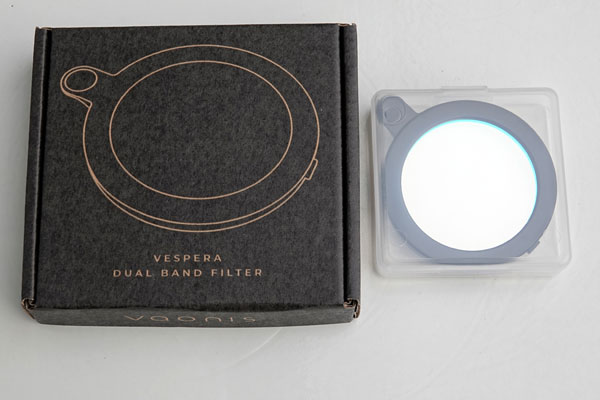Vaonis Vespera Pro - Observations with the Dual Band Filter
On this page, I describe first experiences with my electronic 2" refractor telescope Vaonis Vespera Pro 50 mm/250 mm (f/5) when observing with the Dual Band Filter. The page will be added to, since I have only observed a few objects with the Dual Band Filter.
See also pages:
- Vaonis Vespera Pro - Information
- Vaonis Vespera Pro - Observations of the Sun
- Vaonis Vespera Pro - Observations with Filters
- Vaonis Vespera Pro - Observations with the Dual Band Filter
Vespera pages: Observations with Filters - Further Observations with the Dual Band Filter - Dual Band Filter Photos and Topaz Denoise AI - Further Observations with the CLS Filter Archive
Introduction
On this page, I compare some nebula photos that were taken without and with the Dual Band Filter with the Vaonis Vespera Pro. In some cases, I can only present photos that were taken with the Dual Band Filter.
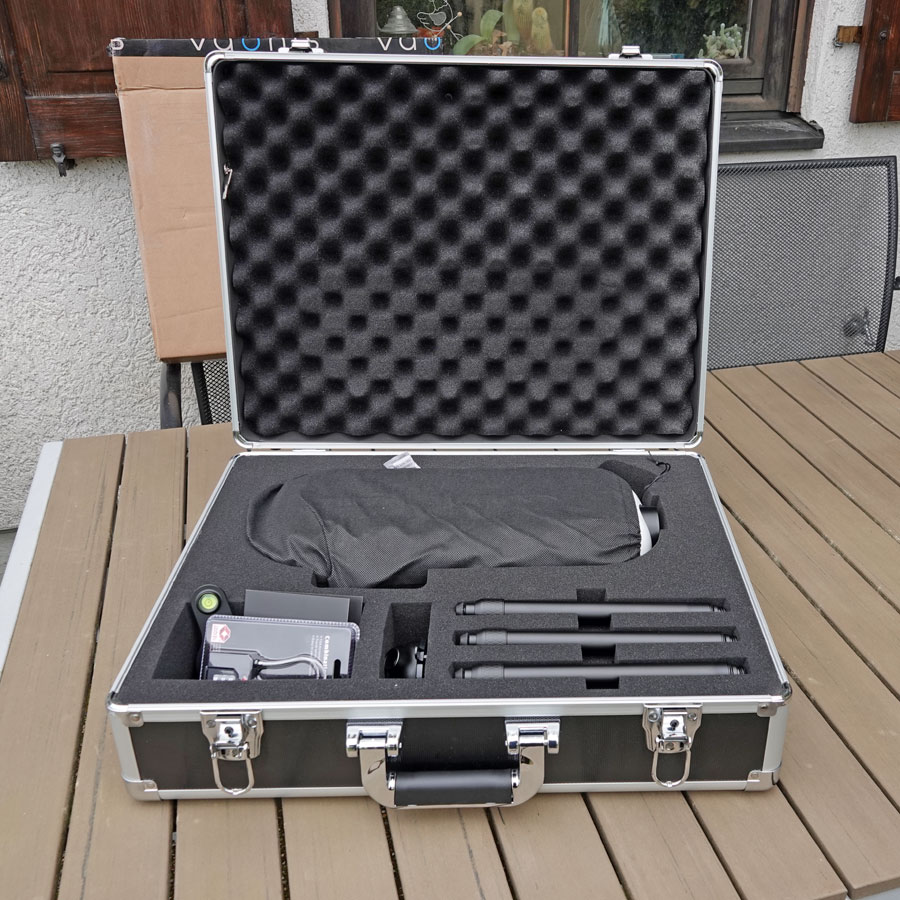 |
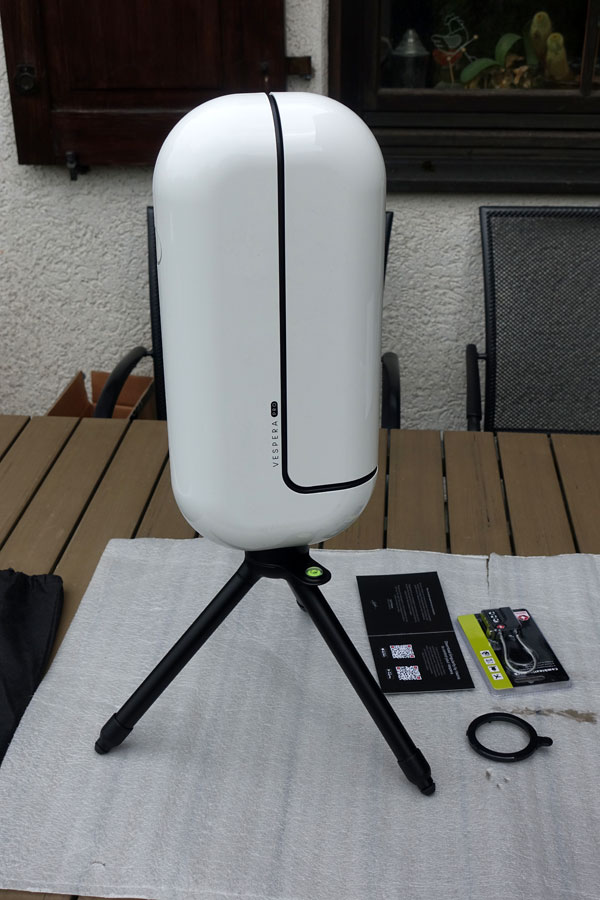 |
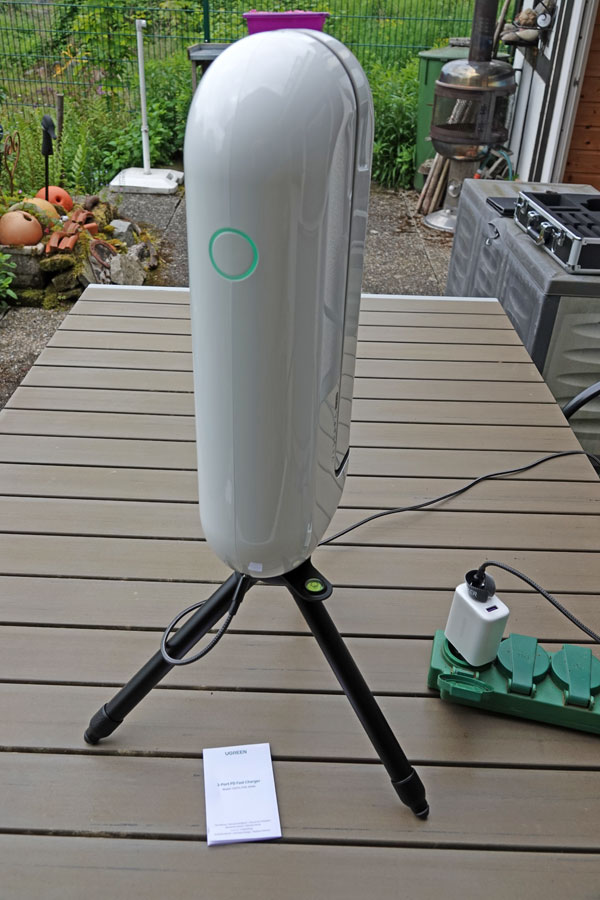 |
Photo: My Vaonis Vespera Pro (May 8, 2024)
Dual Band Filter
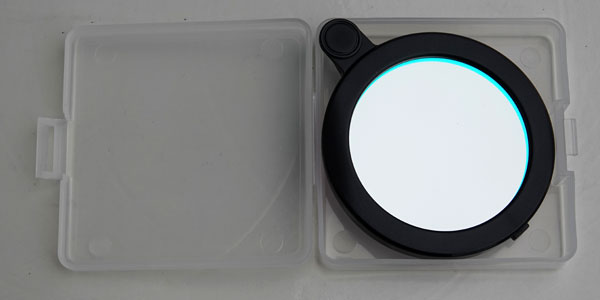 |
||
Dual Band Filter |
Dual Band Filter |
Photos with and without Dual Band Filter
M 16 (Eagle Nebula; Serpens)
Without Filter |
||
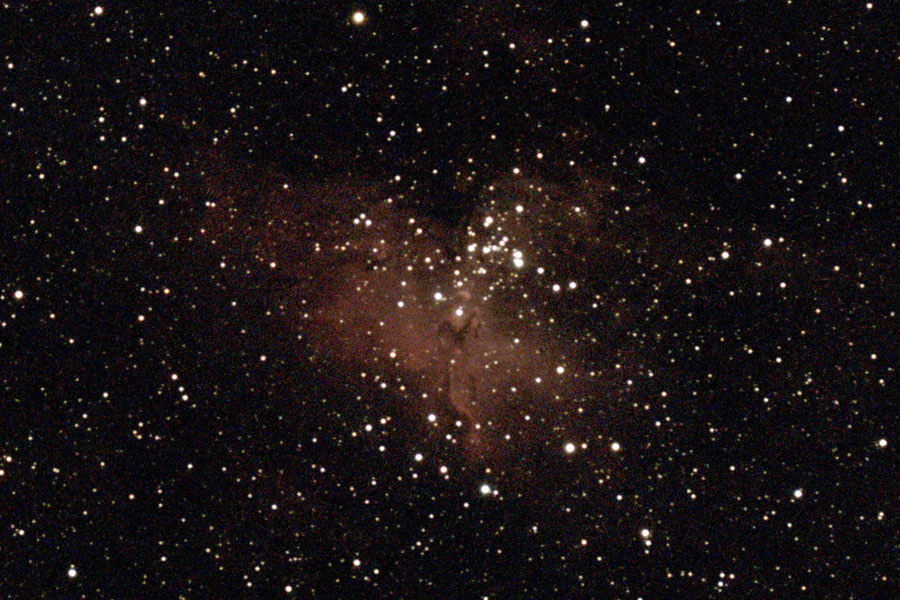 |
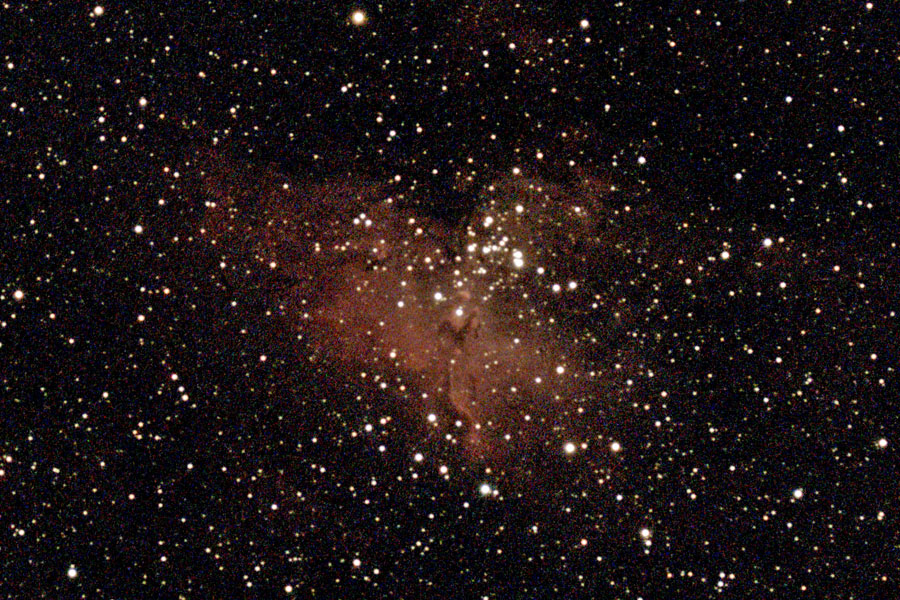 |
|
M 16, Jun 28, 2024 - 1800 (89 frames = 890s), 1:1 section |
M 16, Jun 28, 2024 - 1800 (89 frames = 890s), 1:1 section, processed (PSE) |
|
 |
||
M 16, Jun 28, 2024 - 1800 (89 frames = 890s), 1:1 section, processed (PSE) and denoised (DN) |
|
|
With Filter |
||
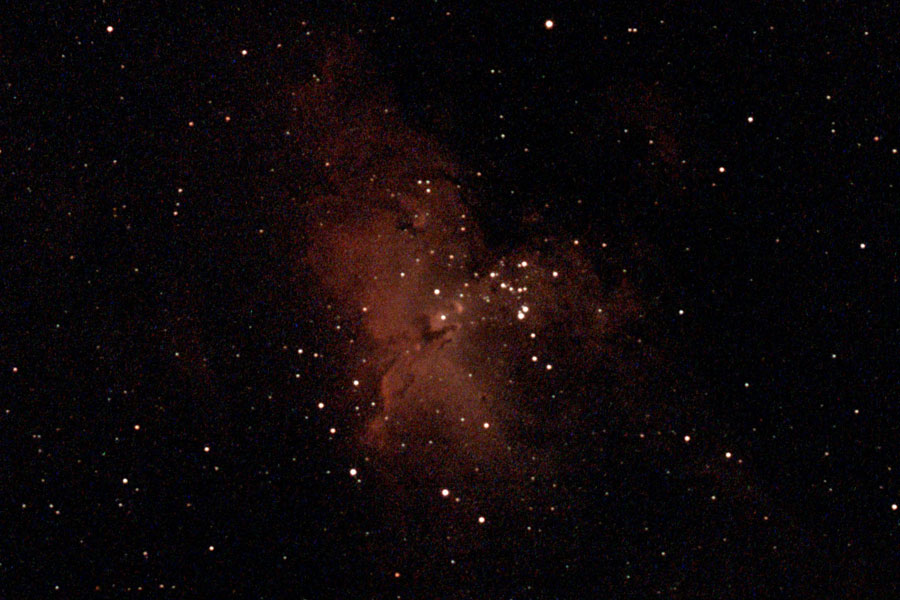 |
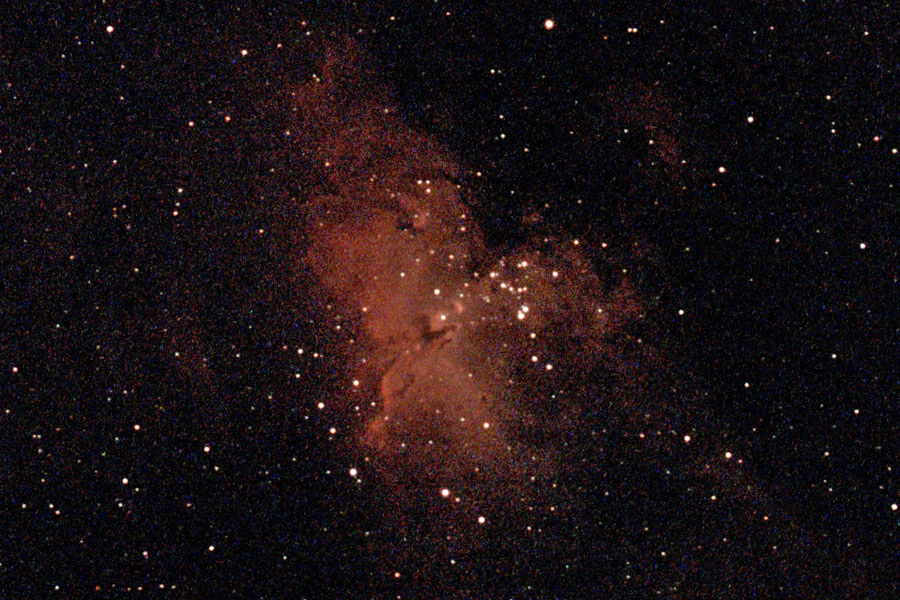 |
|
M 16, Aug 10, 2024 - 1800 (129 frames = 1290s), 1:1 section, Dual Band Filter |
M 16, 10.8.2024 - 1800 (129 frames = 1290s), 1:1 section, Dual Band Filter, processed (PSE) |
|
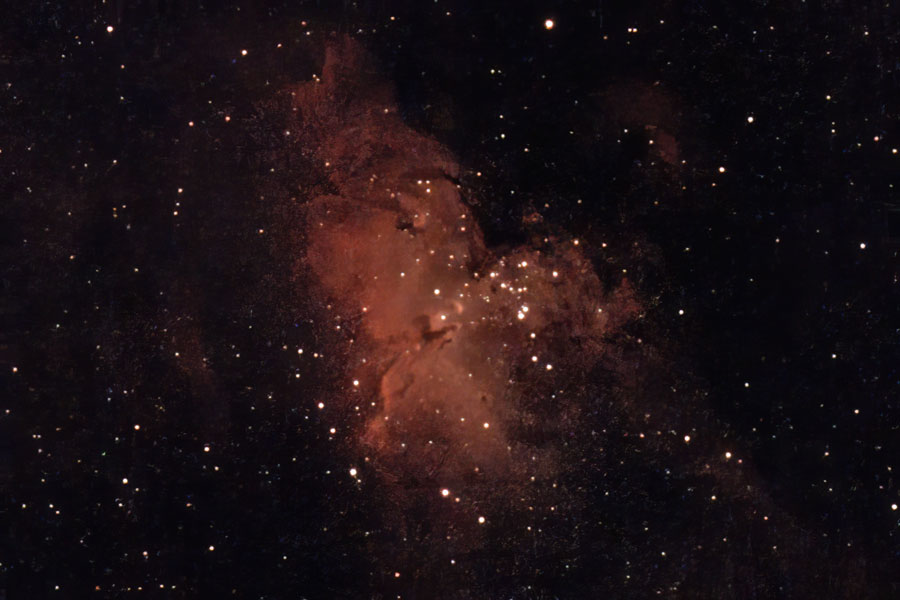 |
 |
|
M 16, 10.8.2024 - 1800 (129 Frames = 1290s), 1:1 section, Dual Band Filter, processed (PSE) and denoised (DN) |
M 16, Jun 28, 2024 - 1800 (89 frames = 890s), 1:1 section, processed (PSE) and denoised (DN) - for comparison purposes |
NGC 281 (Pacman Nebula; Cassiopeia)
With Filter |
||
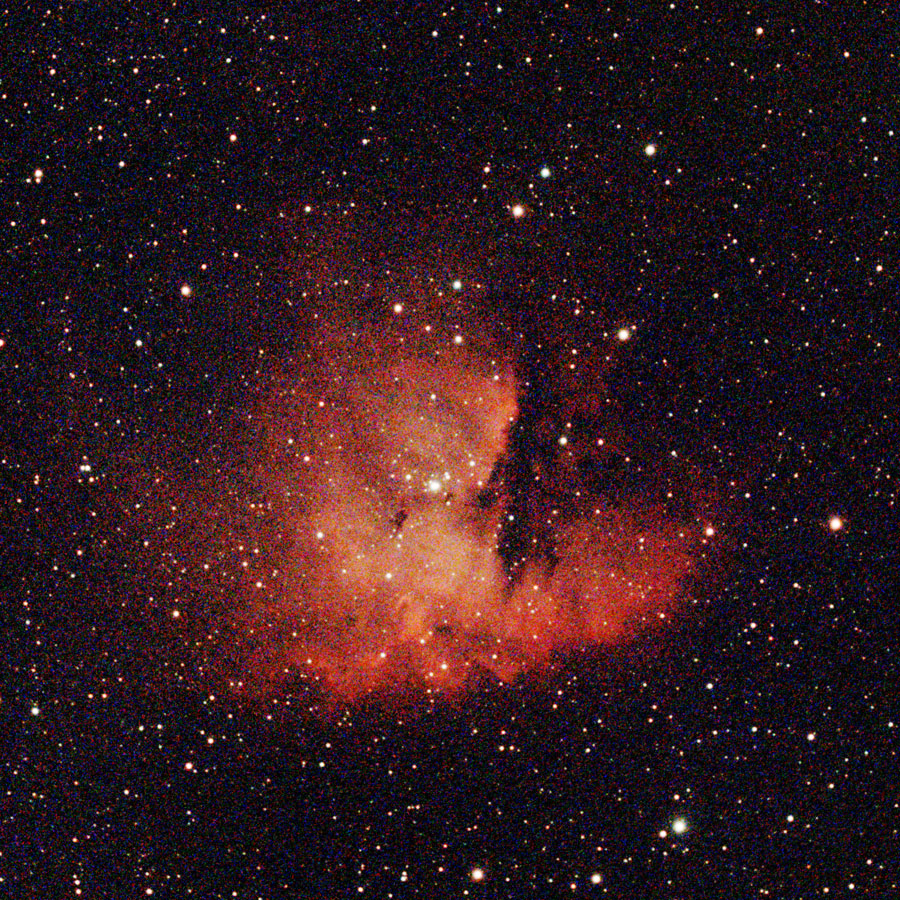 |
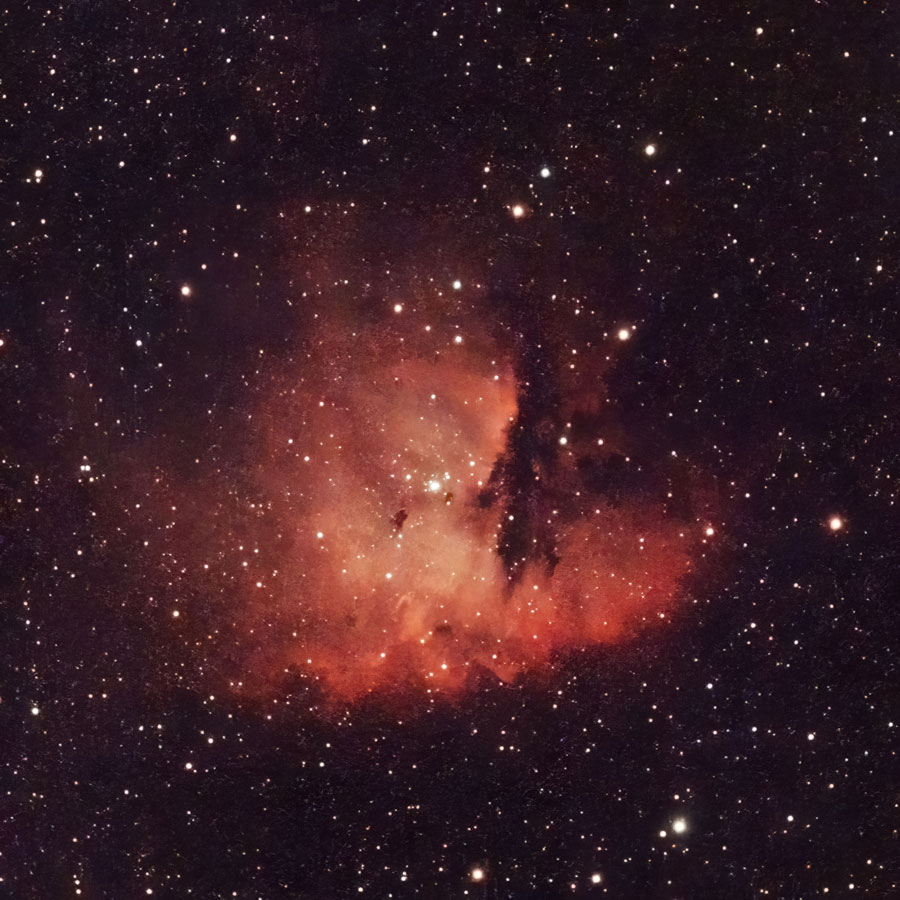 |
|
NGC 281, Aug 29, 2024 - 1800p (1215 frames = 12150s), Dual Band Filter, section, processed (Siril) |
NGC 281, Aug 29, 2024 - 1800p (1215 frames = 12150s), Dual Band Filter, section, processed (Siril), denoised (DN) |
NGC 2174 (Monkey Head Nebula; Orion)
Without Filter |
||
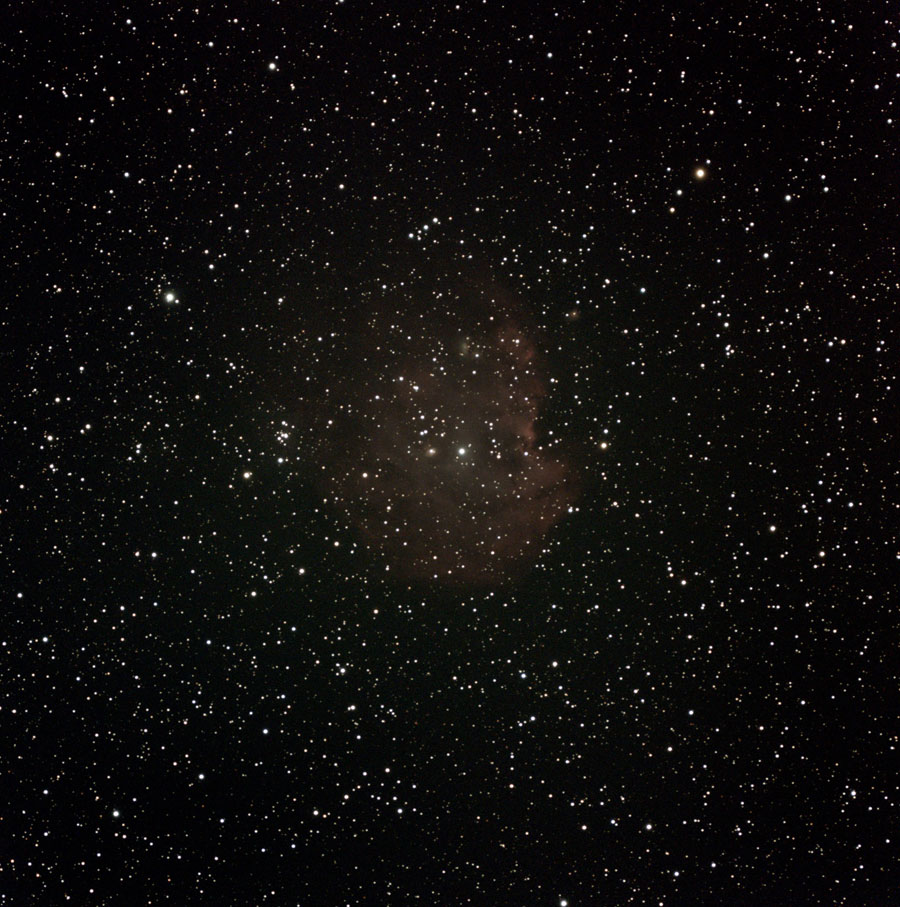 |
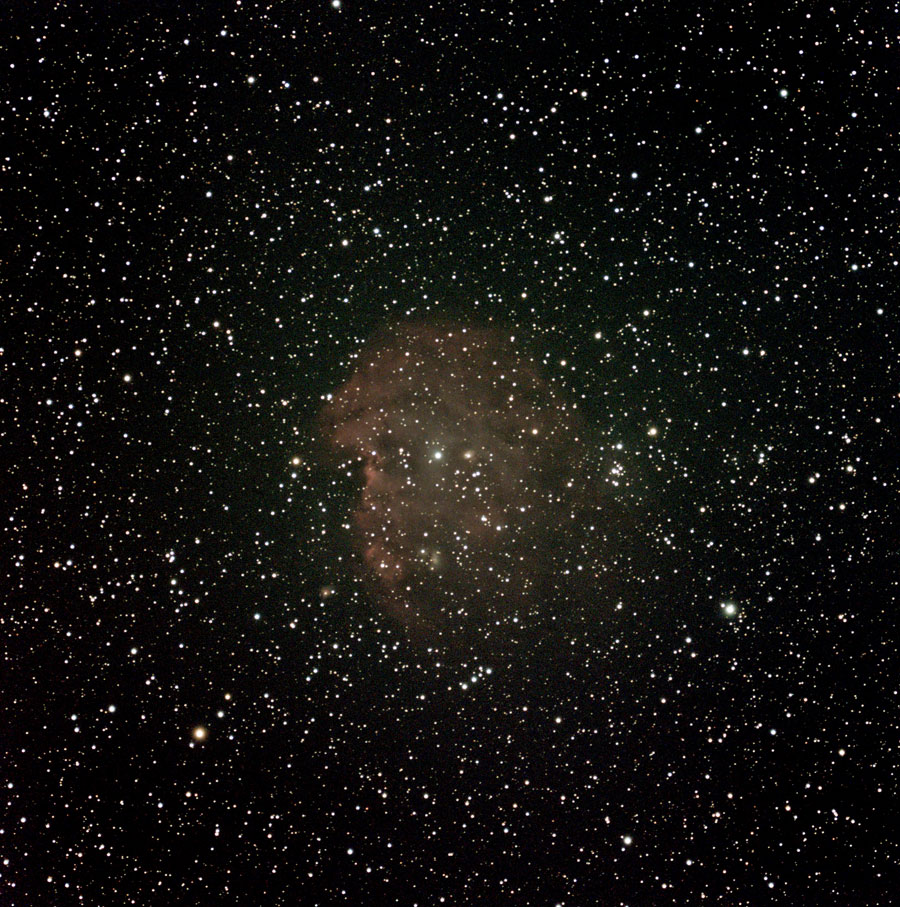 |
|
NGC 2174, Feb 4, 2025 - 2000, 1 h |
NGC 2174, Feb 4, 2025 - 2000, 1 h, photo left rotated and processed |
|
With Filter |
||
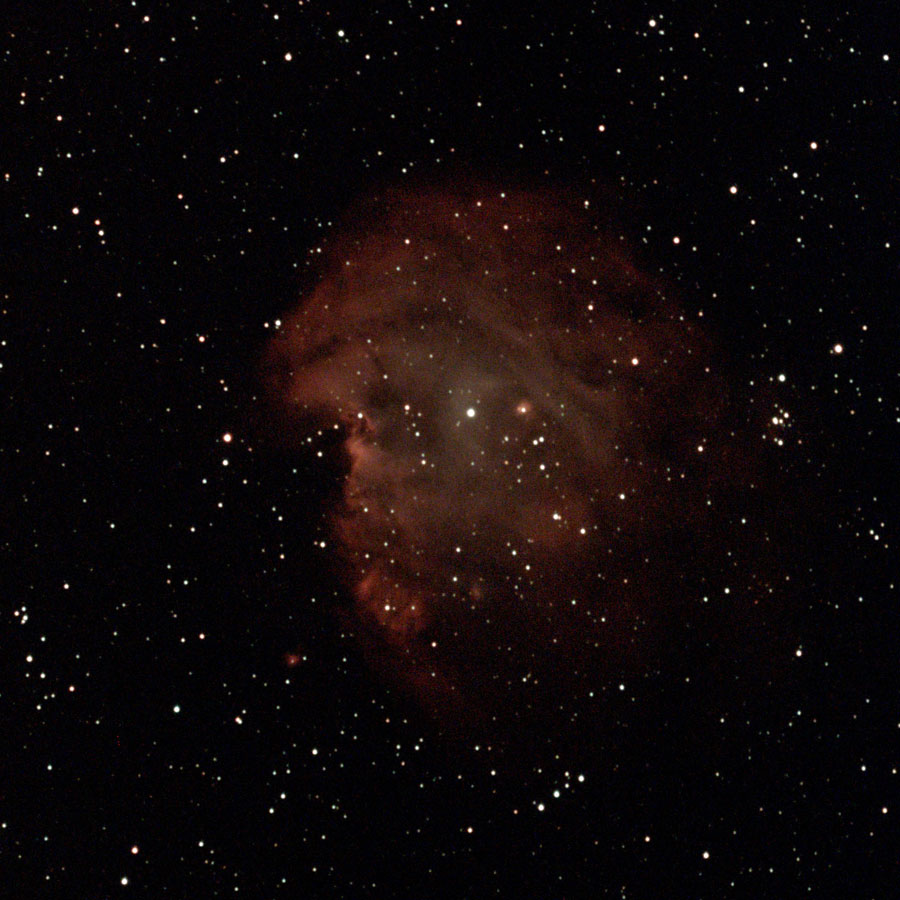 |
||
NGC 2174, Feb 23, 2025 - 2000, 30 min, rotated, section, DB Filter |
|
|
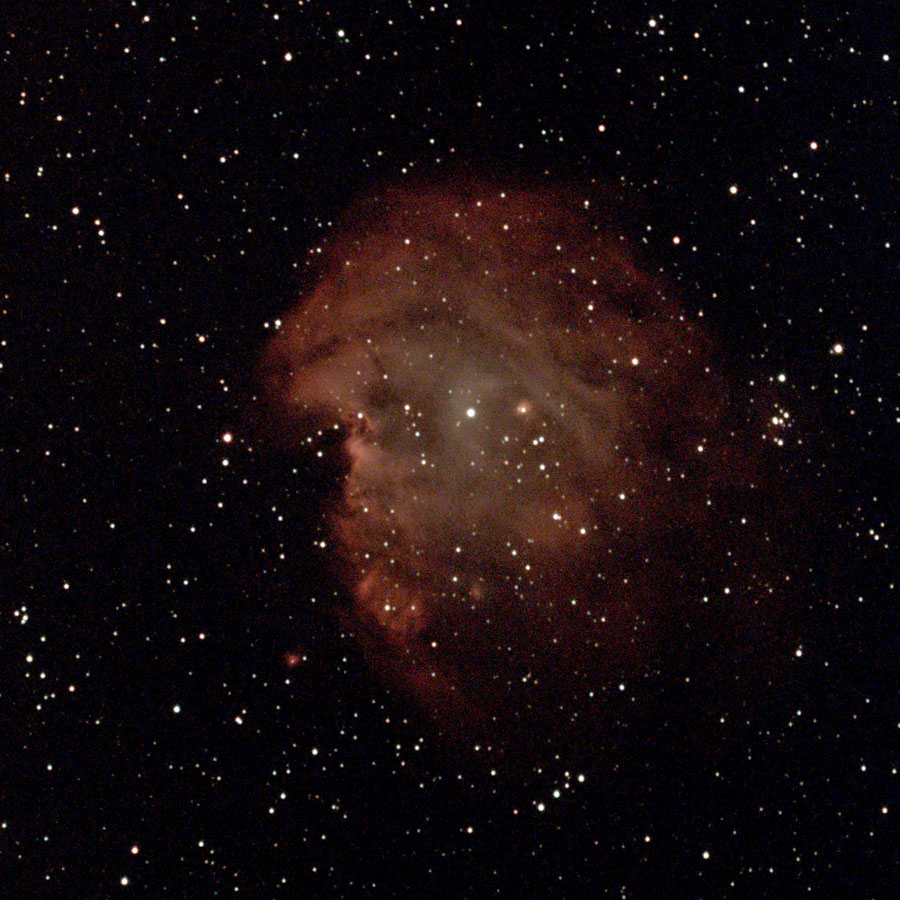 |
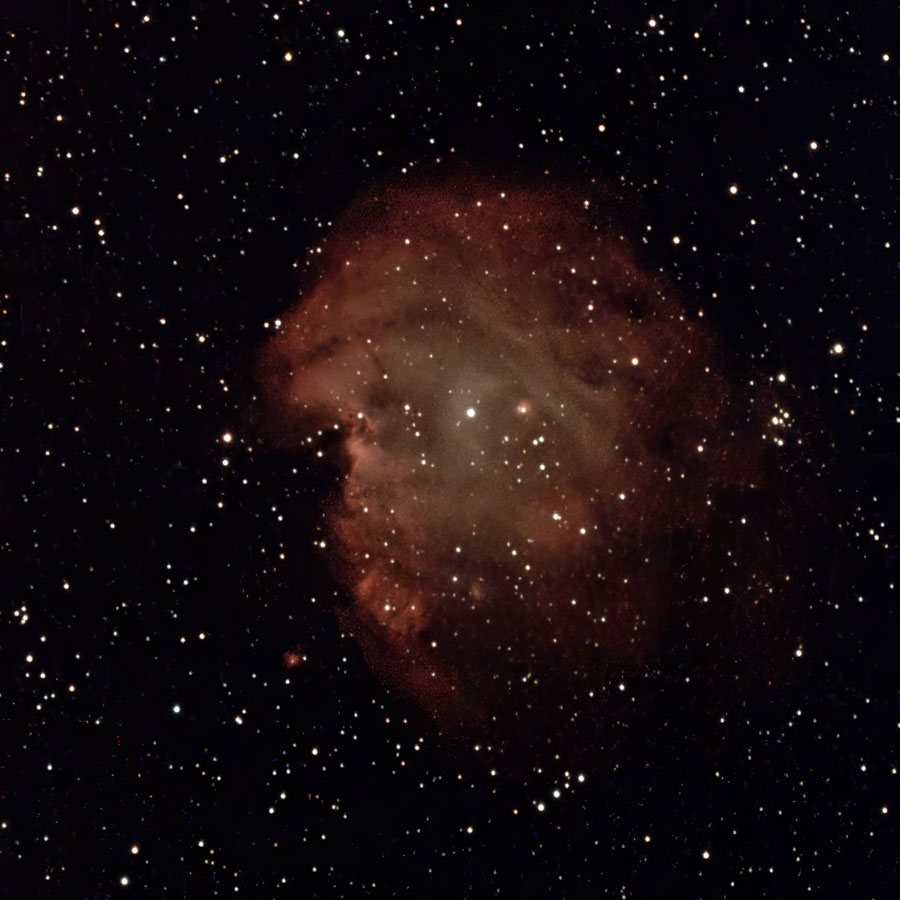 |
|
NGC 2174, Feb 23, 2025 - 2000, 30 min, photo top left processed |
NGC 2174, Feb 23, 2025 - 2000, 30 min, photo top left processed and denoised (PAI) |
NGC2237-39/46 (Rosette Nebula; Monoceros)
With Filter |
||
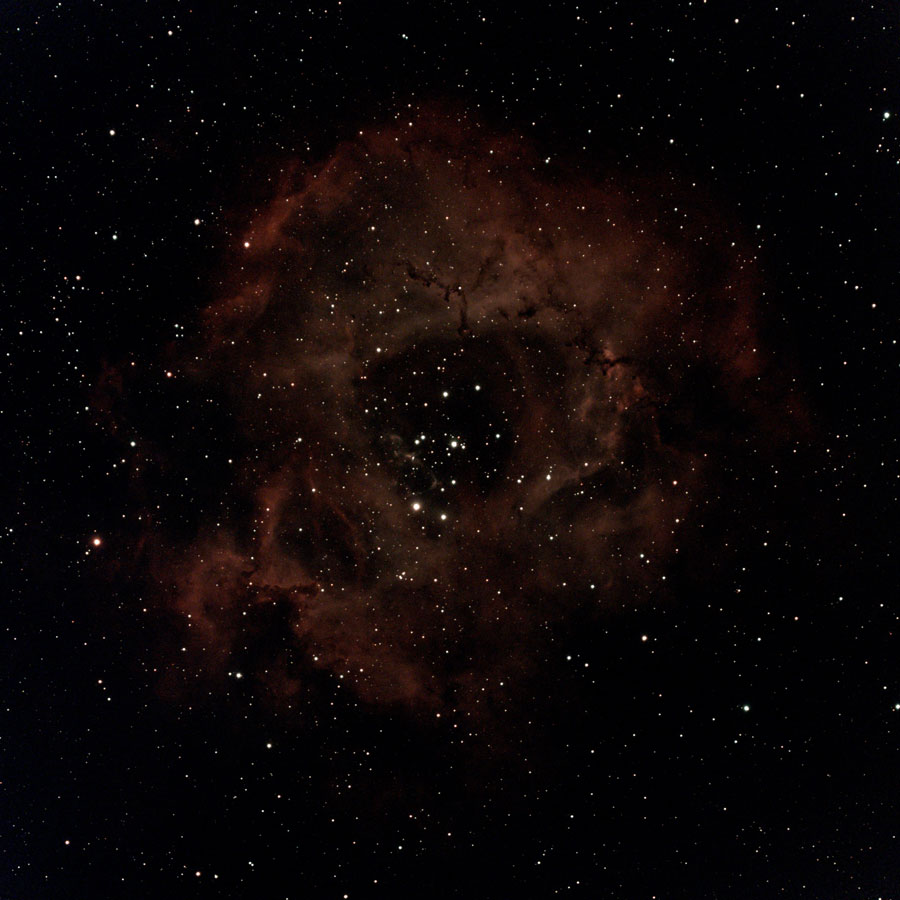 |
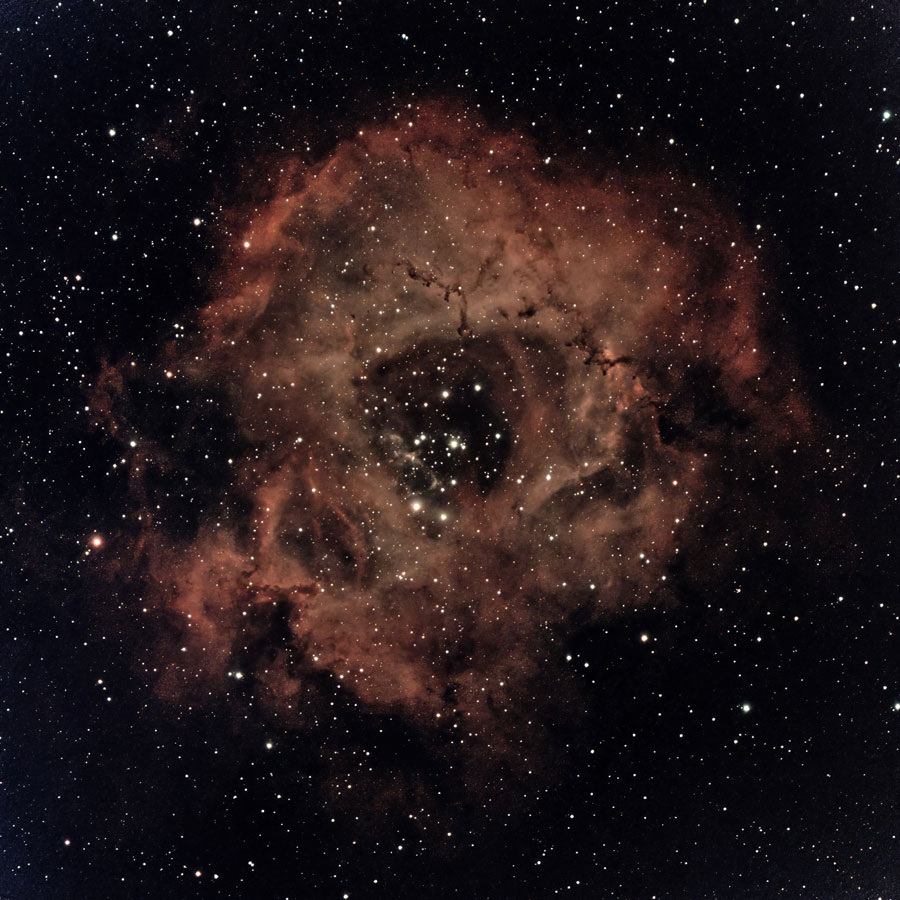 |
|
NGC 2244 + Rosette Nebula, Feb 2, 2025 - large, Dual Band Filter |
Dito - large, photo left processed | |
 |
 |
|
| Dito - large, photo top left processed and denoised (PAI) | Dito - large, photo top left processed and denoised (PAI), saturation increased |
NGC 6888 (Crescent Nebula; Cygnus)
Without Filter |
||
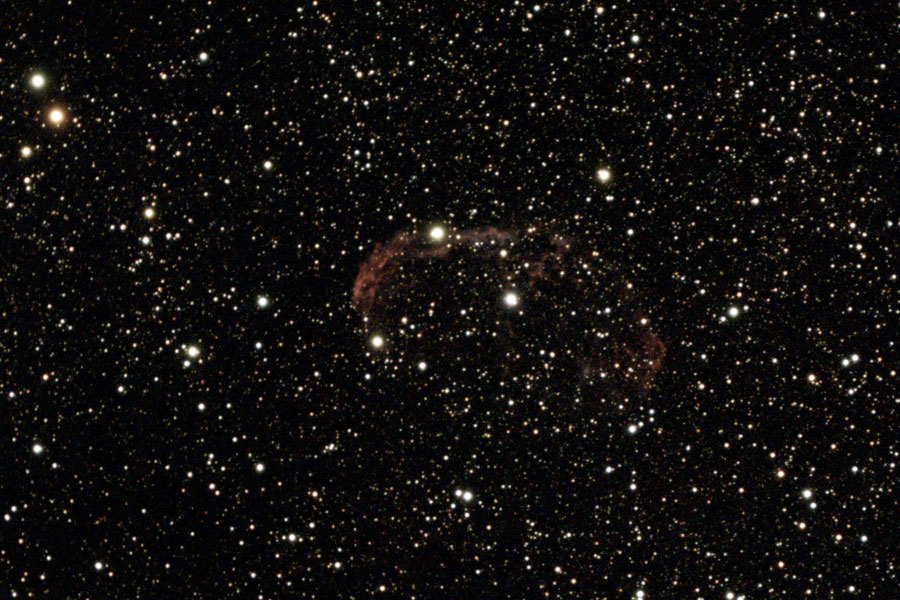 |
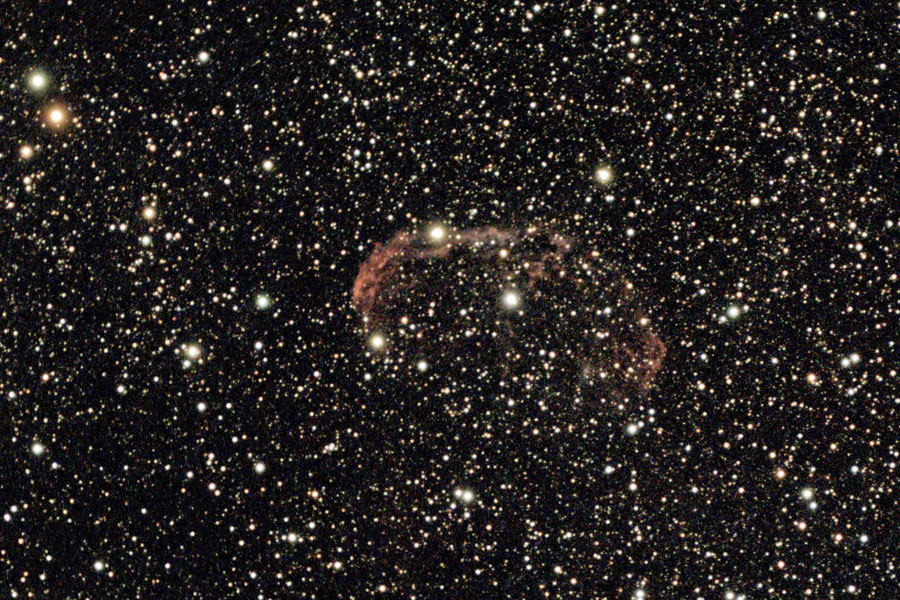 |
|
NGC 6888, Aug 8, 2024 - 1800 (219 frames = 2190s), section |
NGC 6888, Aug 8, 2024 - 1800 (219 frames = 2190s), processed |
|
With Filter |
||
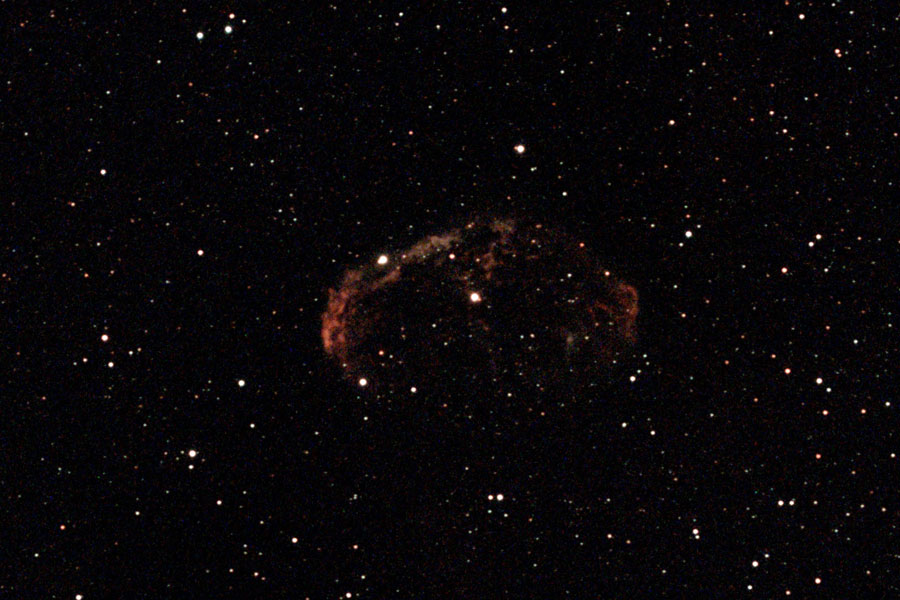 |
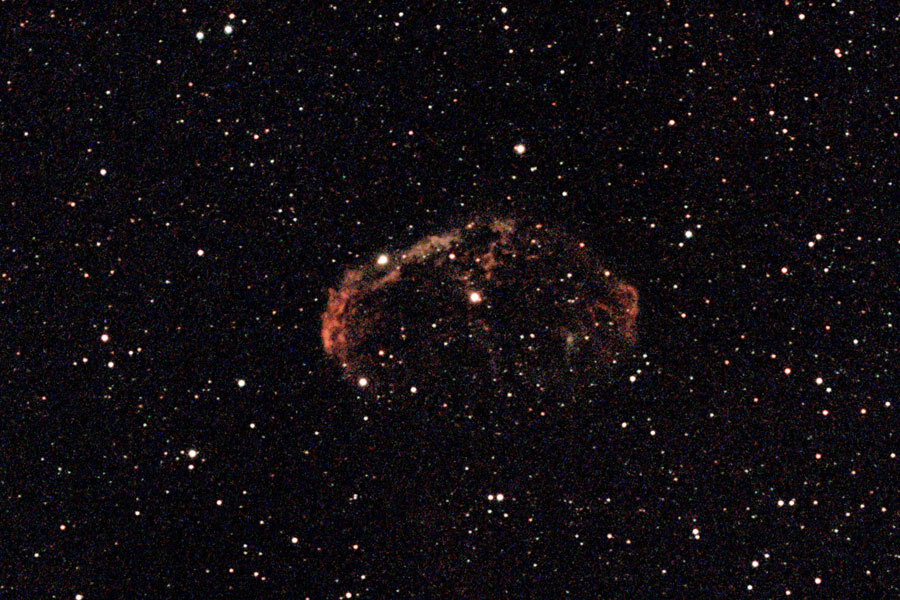 |
|
NGC 6888, Aug 10, 2024 - 1800 (219 frames = 2190s), section, Dual Band Filter |
NGC 6888, Aug 10, 2024 - 1800 (219 frames = 2190s), section, Dual Band Filter, processed |
Sh2-155 (C 9; Cave Nebula; Cepheus)
Without Filter |
||
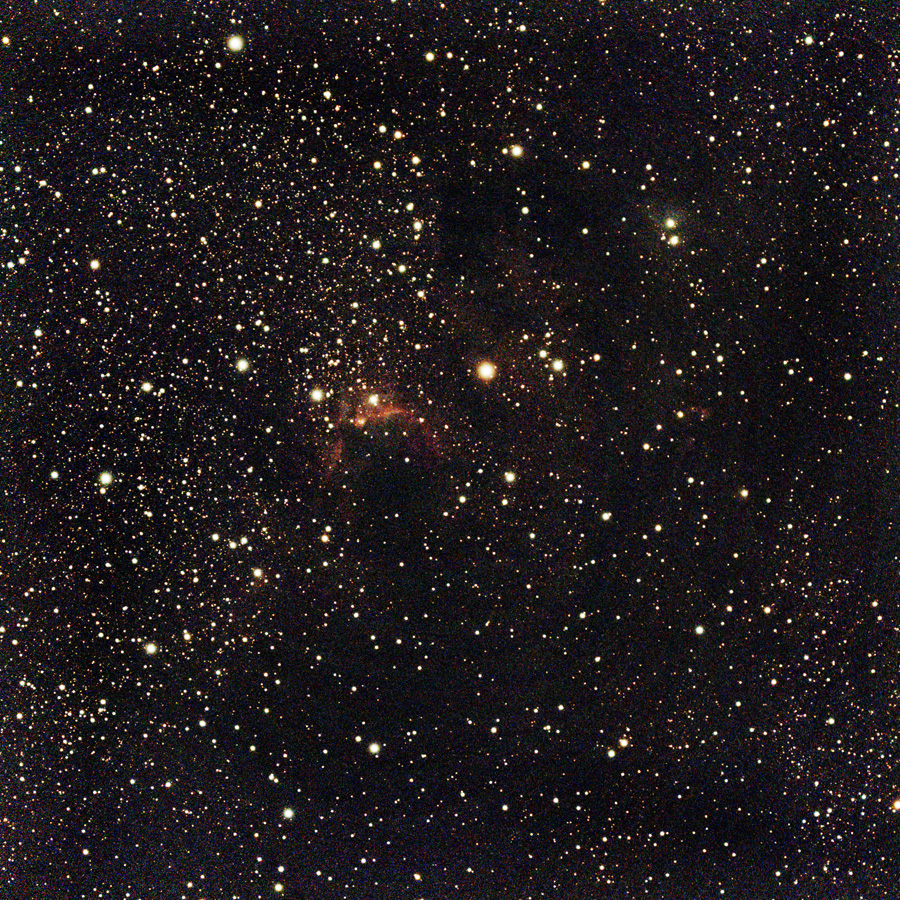 |
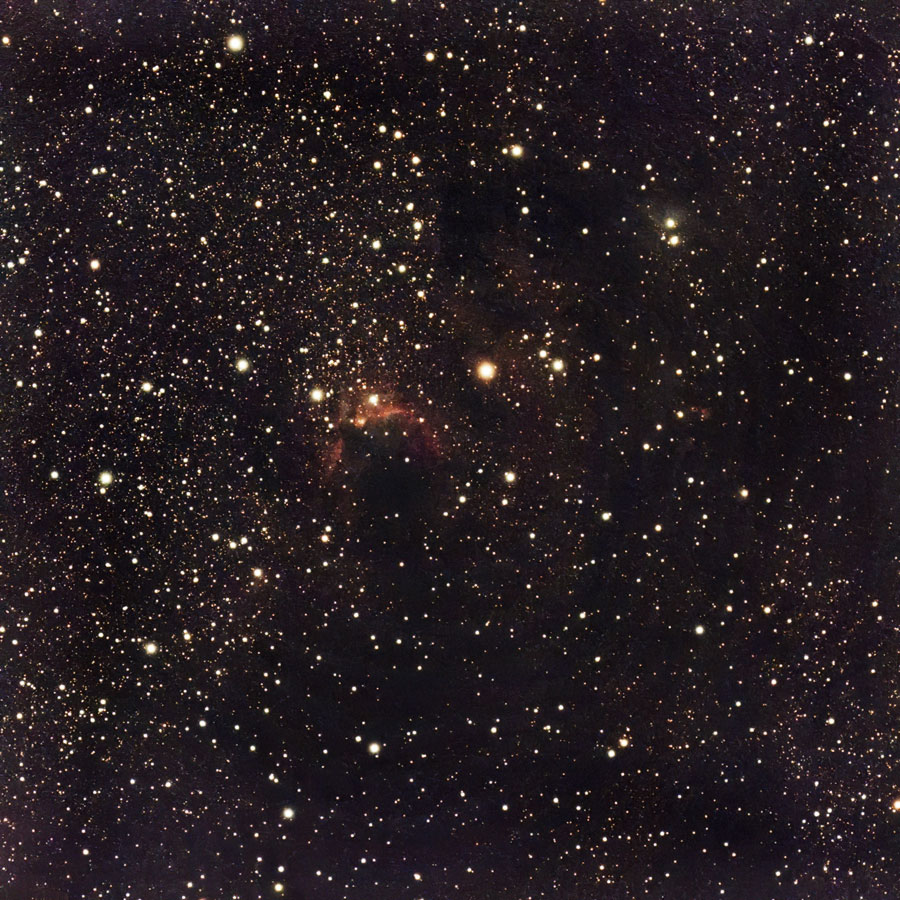 |
|
C 9, Aug 28, 2024 - 2000 (600 frames = 1:40 h), processed |
C 9, Aug 28, 2024 - 2000 (600 frames = 1:40 h), processed, denoised (DN) |
|
With Filter |
||
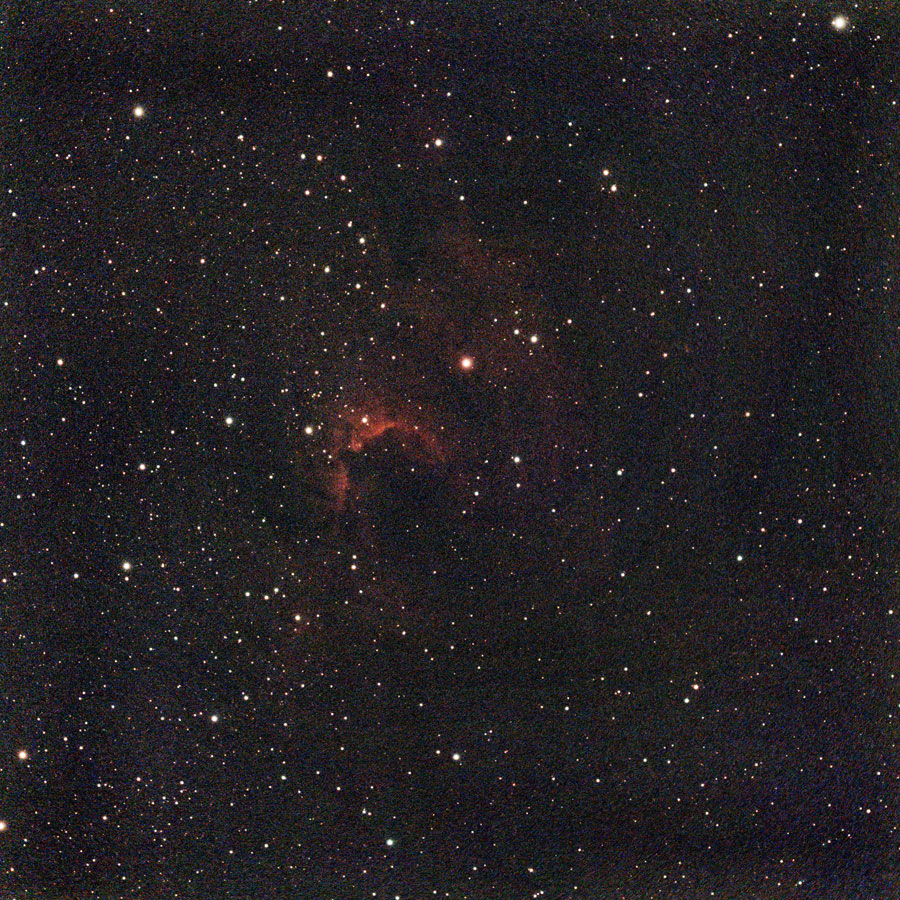 |
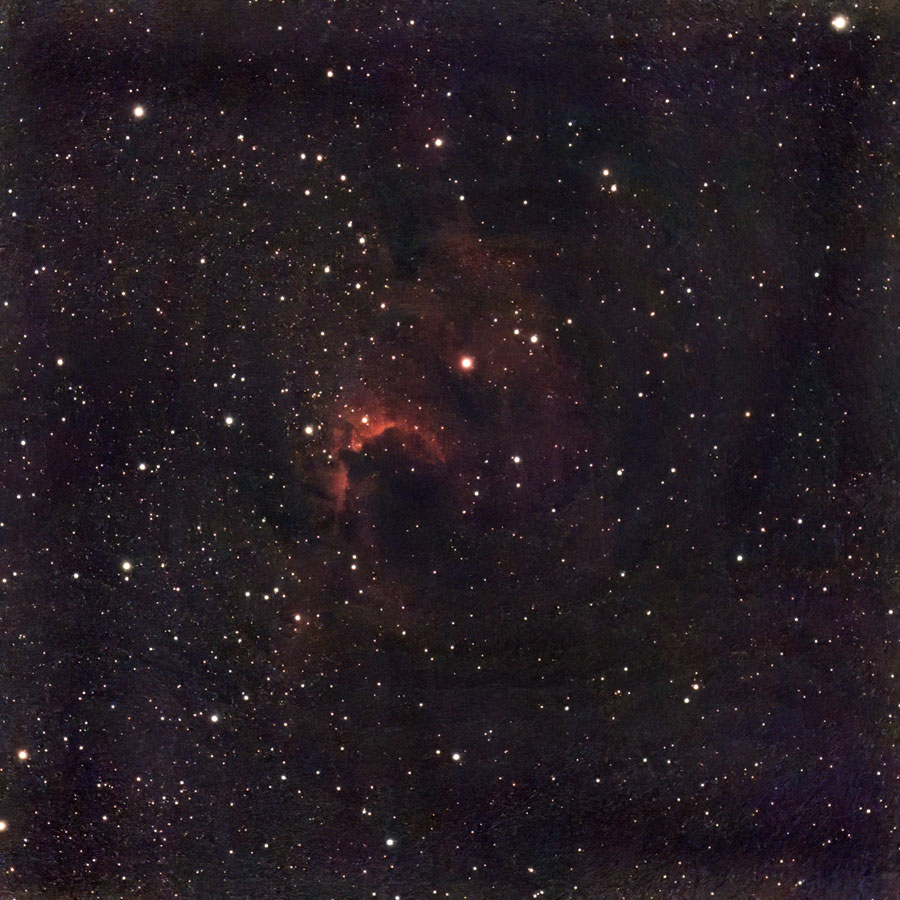 |
|
C 9, Aug 27, 2024 - 2000 (1525 frames = 4.25 h), Dual Band Filter, processed |
C 9, Aug 27, 2024 - 2000 (1525 frames = 4.25 h), Dual Band Filter, processed, denoised (DN) |
Sh2-274 (Medusa Nebula; Gemini)
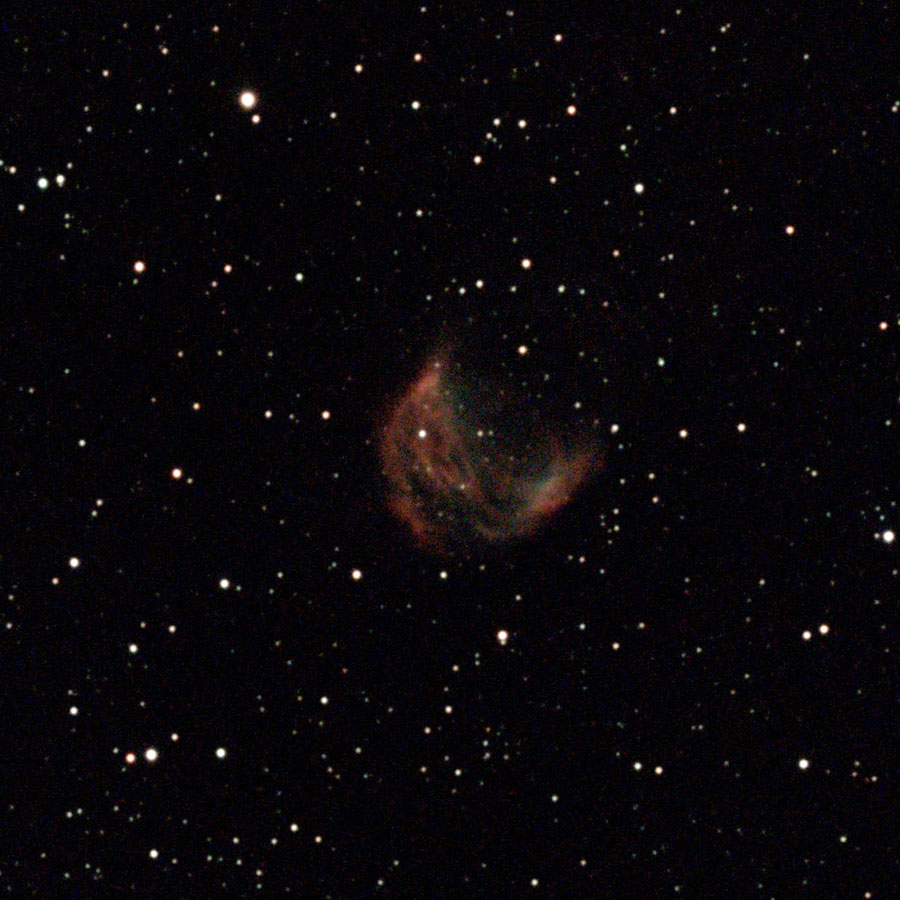 |
||
Sh2-274, Feb 23, 2025 - 1350 (642 frames = 1:47 h), section, Dual Band Filter |
|
|
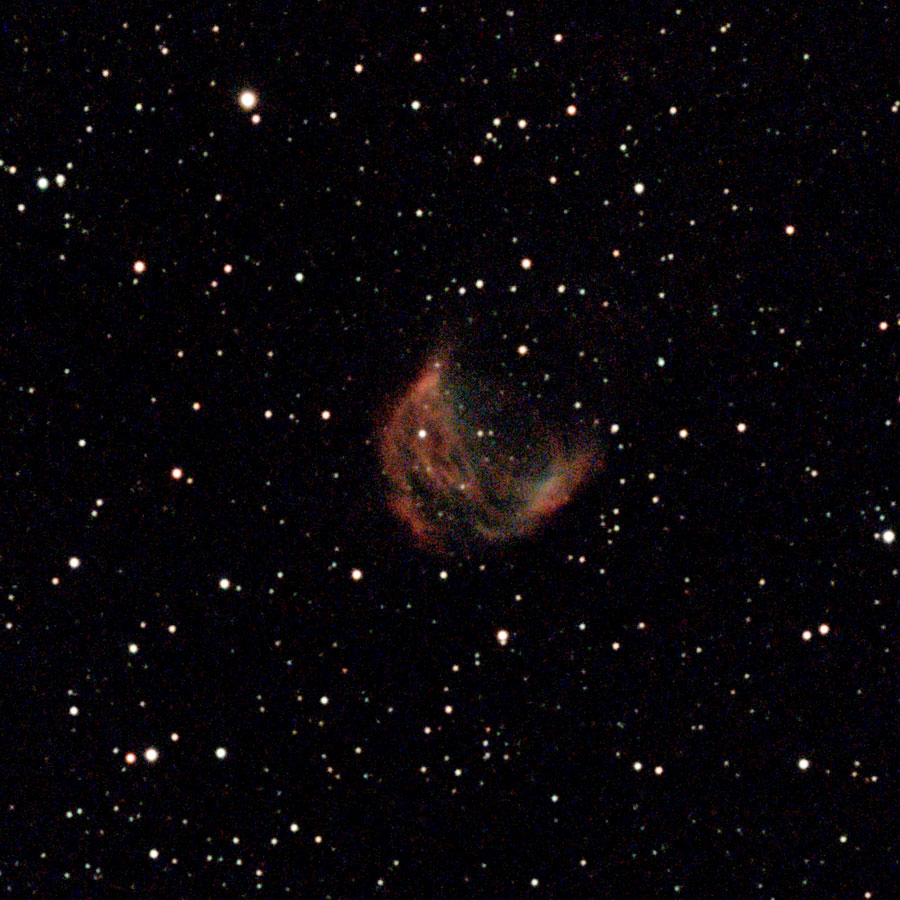 |
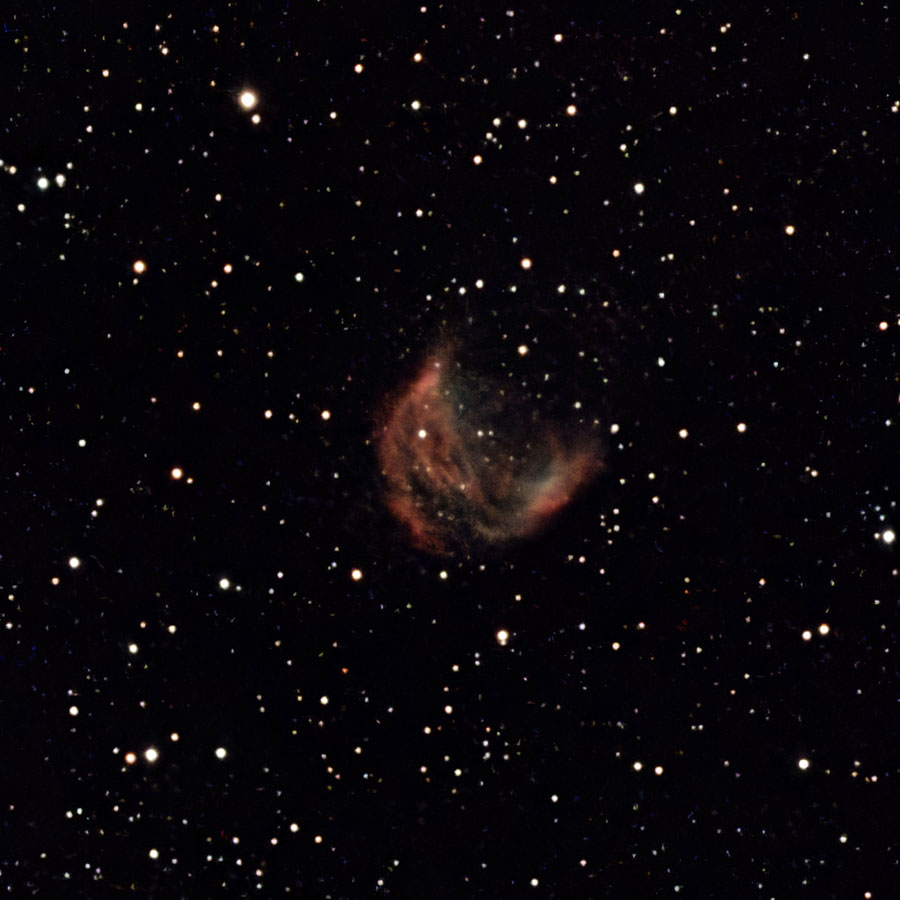 |
|
Sh2-274, Feb 23, 2025 - 1350 (642 frames = 1:47 h), photo top left processed (PSE) |
Sh2-274, Feb 23, 2025 - 1350 (642 frames = 1:47 h), photo top left processed (PSE) and denoised (DN) |
First Conclusions
Overall, the images with the Dual Band Filter are convincing for all objects observed so far, except that the colors have become somewhat unnatural due to the filter. In addition, the stars are more strongly suppressed, which makes the nebulae stand out more clearly and look more detailed. What you like better, however, may be a different matter...
After all, the Dual Band Filter does not seem to take away too much light; sometimes the photos even appear brighter at comparable exposure times. For some objects, however, very long exposure times seem to be necessary with the filter, as I have learned in the meantime...
Links
- Vaonis: vaonis.com/fr/ (FR), vaonis.com (EN)
- Vespera Dual Band Filter: vaonis.com/product/vespera-dual-band-filter (EN)
- See also my page offering Astronomy Links.
| 17.04.2025 |
